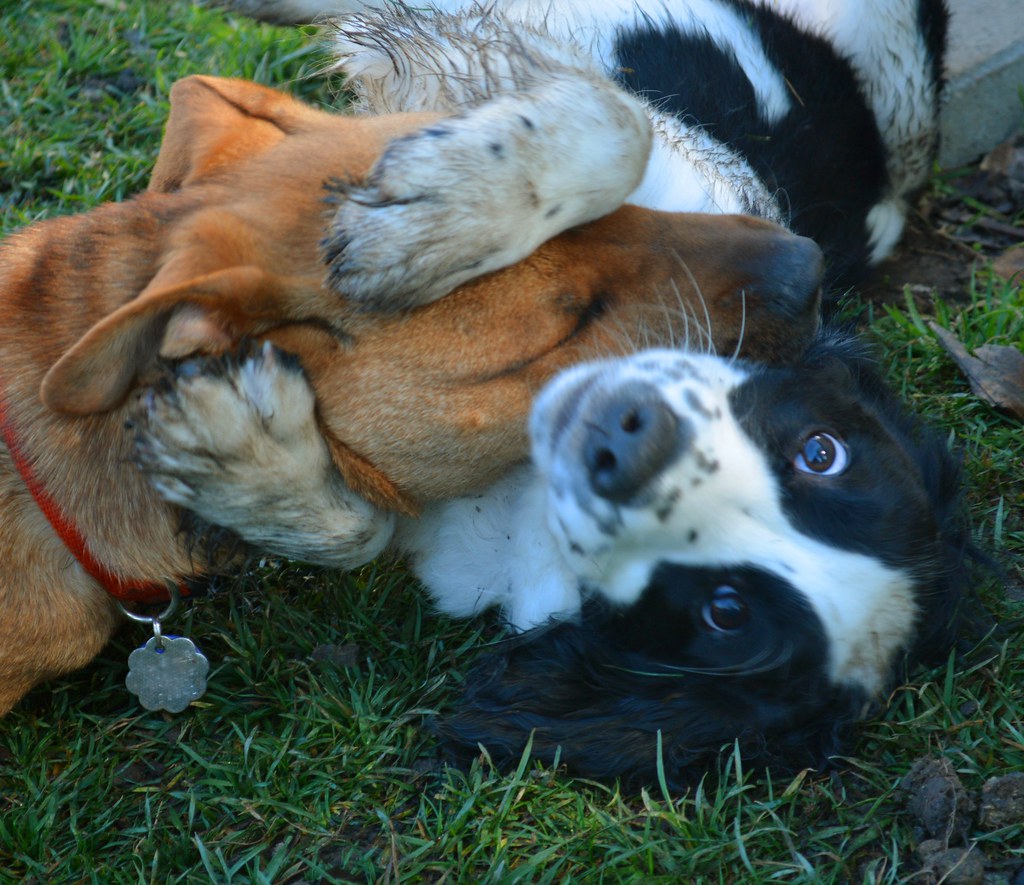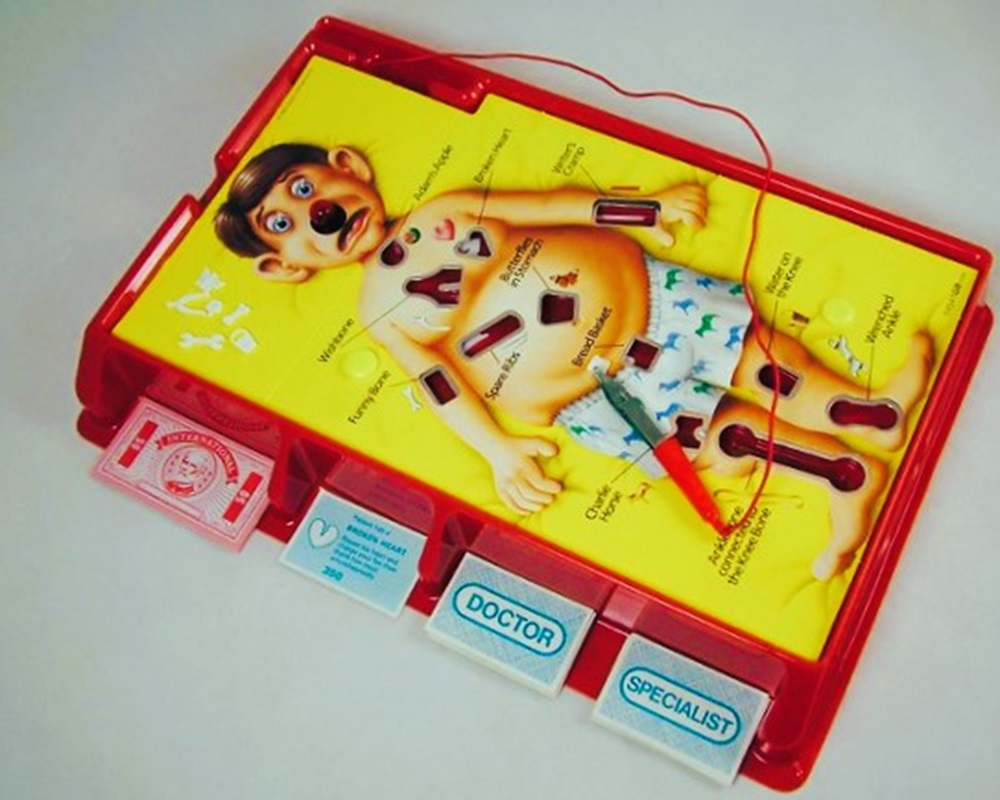The United States—indeed, the world—is rife with conflict, aggression, and violence. Never has it been so important to be able to de-escalate tense situations. Everyone can, and should learn de-escalation skills.
What is it? According to the Department of Homeland Security, it’s the use of communication or other techniques during an encounter to stabilize, slow, or reduce the intensity of a potentially violent situation without using physical force, or with a reduction in force.
Medical De-Escalation
The Texas Medical Liability Trust suggests several steps appropriate for medical settings, but they seem to me to apply more generally. For examples and possible responses, see their website.
- Move to a private area (if safe to do so).
- Be empathetic and non-judgmental.
- Respect personal space.
- Keep your tone and body language neutral.
- Avoid over-reacting.
- Focus on the thoughts behind the feelings.
- Ignore challenging questions.
- Set boundaries.
- Choose boundaries wisely.
- Allow silence.
- Allow time for decisions.
Using Words and Body Language
The US Department of Homeland Security offers these concrete suggestions:
Verbal De-Escalation
Tone + Volume + Rate of speech + Inflection of voice = Verbal De-Escalation
Tone: Speak calmly to demonstrate empathy.
Volume: Monitor your volume and avoid raising your voice.
Rate of Speech: Slower can be more soothing.
Inflection: Be aware of emphasizing words or syllables as that can negatively affect the situation.
| Instead Of… | Say… |
| “Calm down.” | “I can see that you are upset…” |
| “I can’t help you.” | “I want to help, what can I do?” |
| “I know how you feel.” | “I understand that you feel…” |
| “Come with me.” | “May I speak with you?” |
Non-Verbal De-Escalation
Verbal cues to de-escalate a situation mean nothing if they’re accompanied by aggressive body language. The DHS recommends using these body language cues to de-escalate a situation.
| Instead Of… | Try… |
| Standing rigidly directly in front of the person | Keeping a relaxed and alert stance off to the side of the person |
| Pointing your finger | Keeping your hands down, open, and visible at all times |
| Excessive gesturing or pacing | Using slow, deliberate movements |
| Faking a smile | Maintaining a neutral and attentive facial expression |
De-Escalation Abroad
I mentioned that situations calling for de-escalation are worldwide. The following appears on the website of the New South Wales Department of Health in Australia:
When there are signs of anger or verbal aggression it is important to remember that
- You need to stay calm.
- Anger may be a sign that the person is in distress, experiencing fear or frustrated.
- It is not possible to reason or problem solve with someone who is enraged.
- Effective communication skills are the key to settling, resolving and de-escalating a situation.
A good way to remember this is to “LOWLINE.” Use the strategies below to de-escalate a situation:
- Listen to what the issue is and the person’s concerns.
- Offer reflective comments to show that you have heard what their concerns are.
- Wait until the person has released their frustration and explained how they are feeling.
- Look and maintain appropriate eye contact to connect with the person.
- Incline your head slightly, to show you are listening and give you a non-threatening posture.
- Nod to confirm that you are listening and have understood.
- Express empathy to show you have understood.
It is not your job to stop the person being angry, but these steps may help to make the person feel calmer. It is only then that you can look at how to deal with the situation and their concerns.
Law Enforcement
Some of the most widely publicized situations when de-escalation is (or should be) used involve law-enforcement.
High-profile, deadly confrontations between law enforcement officers and civilians generate widespread public concern. Public officials and policy makers from across the political spectrum have embraced de-escalation training as the key to safer interactions between police and the public.
According to Dr. Robin Engel, a professor of criminal justice at the University of Cincinnati, “De-escalation training teaches officers to think about use of force in different ways. Instead of, ‘Can I use force?,’ the question becomes, ‘Should I use force?’”
Also, according to Engel, “We’re pushing this out into lots of places, and there’s a growing body of evidence that de-escalation training, if done properly, can make a police officer’s job safer.”
All of the above imply professional situations—police or corrections officers with civilians or prisoners, mental health workers with patients, etc. But consider family situations or disagreements, meeting with work colleagues, or issues with neighbors. The possibilities are endless.
Bottom Line: De-escalation techniques should be learned as a life skill. They are likely to be your best bet for keeping a bad situation from getting worse.























